Hollow temples can make your face look tired, gaunt and less lively. That is why many people choose temple filler to restore volume and create a more youthful and harmonious appearance without invasive procedures. Learn more about the process and the effective results of temple filler in the article below.
What is a temple filler?
Temple filler is a non-surgical aesthetic procedure that helps add volume to hollow or sunken temples, giving the face a more balanced and youthful appearance. During the treatment, a specialist uses a fine needle to inject a small amount of filler into the temple area. This instantly restores smoothness and fullness to the skin.
However, because the temple area contains many nerves and blood vessels, the procedure requires a skilled and experienced surgeon. A deep understanding of facial anatomy is essential to ensure the filler is evenly distributed and prevents any lumps or asymmetry after recovery.
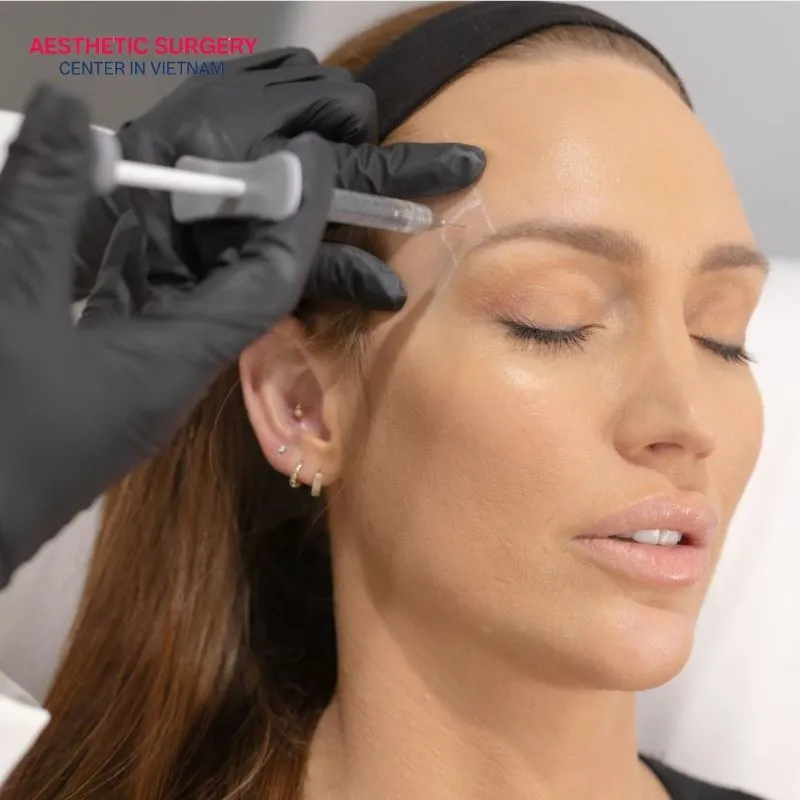
The best types of temple fillers
Before getting a temple filler injection, choosing the right type of filler for your face is important to ensure both safety and effectiveness. Below are the most common types of fillers you can consider:
- Hyaluronic acid (HA): This is one of the most widely used fillers because it provides quick and safe results for the temple area. When injected, HA helps moisturize and add volume to the skin. It is naturally absorbed over time, so the risk of side effects is minimal.
- Collagen-stimulating fillers: These include products like Radiesse and Sculptra. They not only add instant volume to the temples but also stimulate collagen production in the body, helping to maintain long-lasting fullness and rejuvenation.
- Injectable collagen: This type was once popular but is now less commonly used for the temple area due to its higher risk of irritation or allergic reactions. Therefore, skin testing and close monitoring are required before application.

Pros and cons of temple fillers
Temple filler is a popular cosmetic procedure known for its effective results. However, it is important to understand both the advantages and considerations before deciding to proceed:
Pros
- This is a simple procedure that takes only about 15 to 30 minutes, so there is minimal downtime.
- Provides immediate results after injection, making the temples fuller and the face look more youthful.
- Helps hydrate the skin and stimulate natural collagen production, keeping the skin smooth and firm for a long time.
- Softens the contours around the temples, creating a fuller, more balanced appearance while reducing signs of aging.
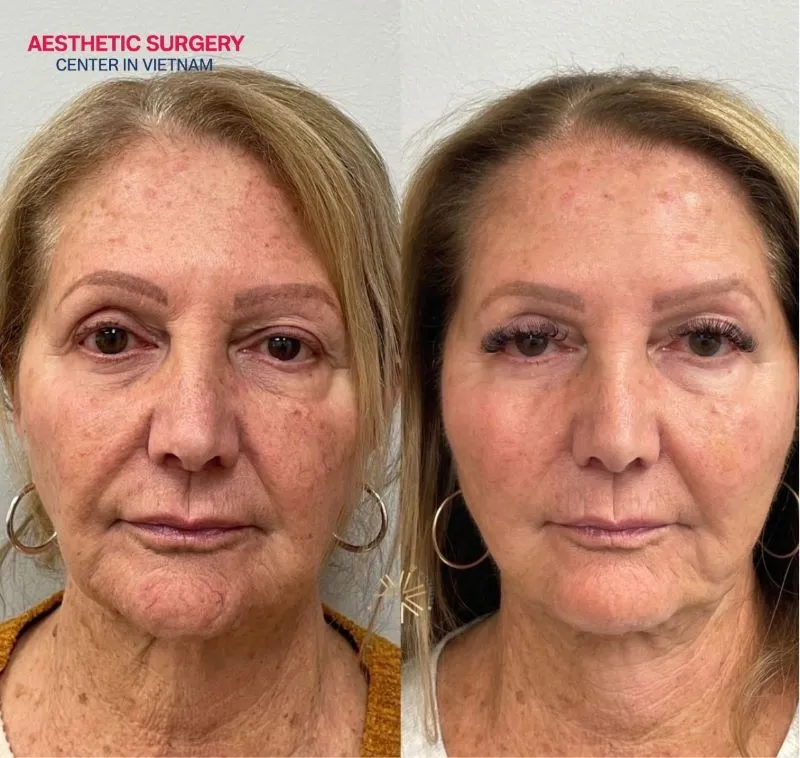
Cons
- The results of temple filler usually last from 12 to 24 months, so regular touch-up sessions are needed to maintain the effect.
- If performed at an unqualified clinic or by an inexperienced surgeon, issues such as filler lumps, asymmetry, or even vascular blockage may occur.
- In some cases, mild swelling or bruising may appear within the first one to two days, which is a normal reaction and will quickly subside.
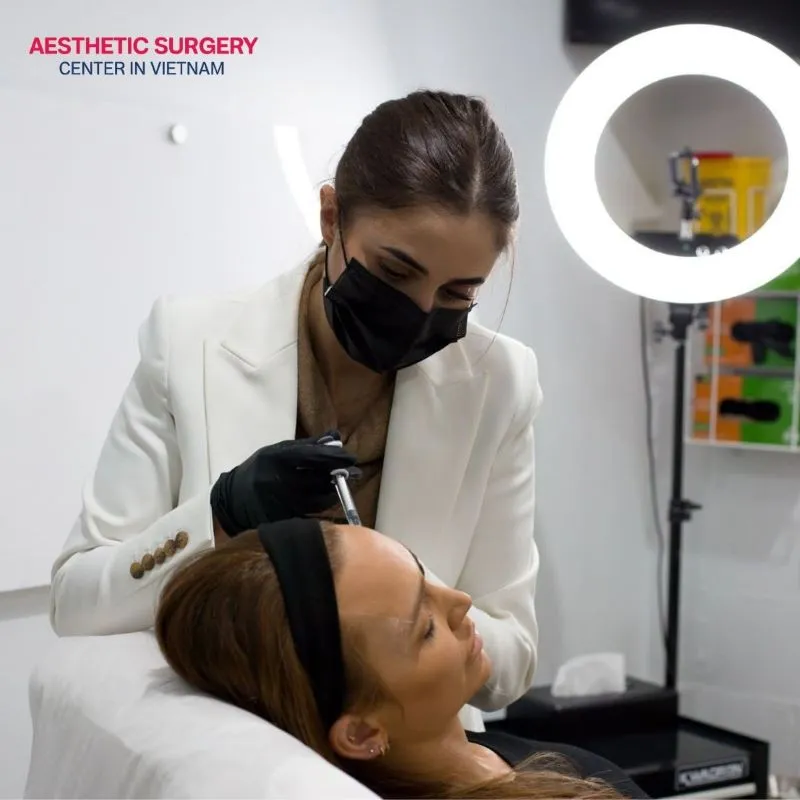
Who is a candidate for temple filler?
To achieve natural and safe results, you can check whether you are a suitable candidate for temple filler with the following conditions:
- People with hollow or sunken temples that make the face look older than their actual age.
- Individuals with unbalanced facial proportions, especially if the forehead or cheekbones are more prominent, and the temples need volume for balance.
- Individuals who want to rejuvenate their face without undergoing surgery.
- Those who wish to enhance their facial appearance quickly without long recovery time.
- People with mild skin laxity or reduced elasticity who want smoother, naturally fuller temples.
However, temple filler is not recommended for pregnant women, individuals with wounds in the temple area, or those allergic to filler ingredients, as it may pose safety risks.
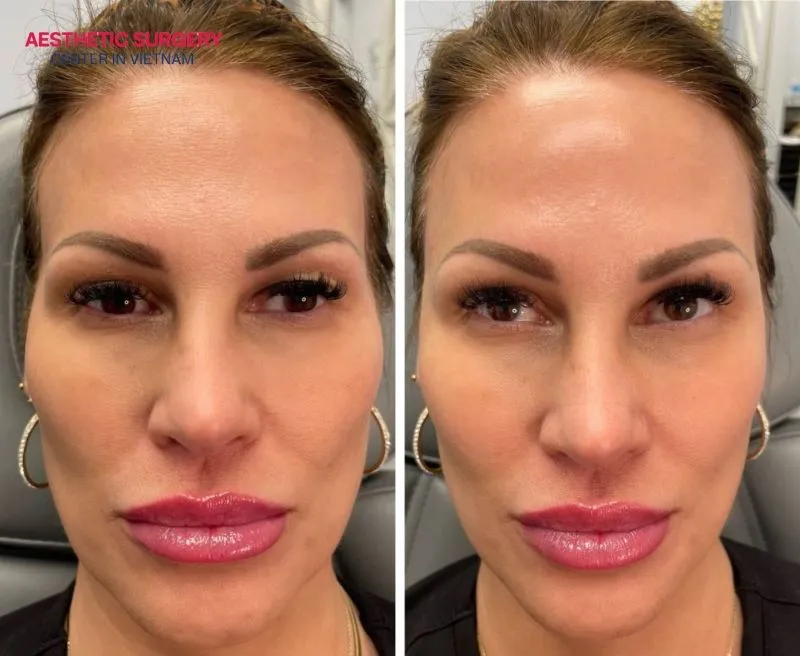
Temple filler contouring procedure
Each stage of temple filler must be performed in a sterile environment and follow medical procedures to ensure high effectiveness and the most natural results for the client, specifically:
Step 1: Consultation and assessment
Before the procedure, the surgeon will examine and evaluate the facial structure to identify the degree of hollowing and the specific areas that need volume enhancement. The surgeon will also discuss the client’s expectations to recommend the most suitable filler type and dosage. This is a crucial step, as it determines facial harmony and balance after recovery.
Step 2: Cleansing and anesthesia
Once the injection areas are marked, the surgeon will clean the skin with an antiseptic solution to maintain a sterile environment and minimize the risk of infection. Then, a mild anesthetic may be applied to keep the client comfortable and pain-free throughout the procedure.
Step 3: Filler injection
At this stage, the surgeon uses a specialized needle or a fine cannula to inject the filler into the targeted area at a precise depth. During the process, the surgeon adjusts both the injection depth and filler amount to ensure symmetry and a natural appearance on both sides of the temples.
Step 4: Evaluation and aftercare guidance
After completing the injections, the surgeon will check the overall facial balance to make sure the temples appear naturally full and well-proportioned. Finally, the client receives detailed aftercare instructions to promote quick recovery and reduce the risk of complications from dermal fillers.

How long do temple fillers last?
Typically, temple filler lasts about 12 to 24 months, depending on the type of filler used, as well as individual factors such as body metabolism, injection technique, and post-treatment care.
Premium filler products usually have strong tissue-binding properties, allowing the temples to stay smooth and firm for a longer period compared to standard fillers. After around one year, the filler naturally dissolves through the body’s metabolic process. To maintain a youthful and full temple contour, clients can schedule touch-up sessions every 12 to 18 months.
Additionally, proper aftercare plays a key role in how long the filler lasts. Maintaining a healthy lifestyle, staying hydrated, and minimizing sun exposure will help the filler remain stable and long-lasting

Are temple fillers painful?
Before the procedure, the surgeon will apply local anesthesia to the treatment area, so you will feel little to no pain or discomfort. During the injection, you may only notice a slight tightening sensation under the skin as the filler is being injected.
After the treatment, mild swelling or bruising may appear around the temples for the first one to two days. This is a normal body reaction and will gradually subside with cold compresses and proper aftercare as instructed by the surgeon.
However, if the swelling persists or you feel pain when touching the temple area, it is important to visit your surgeon promptly for examination and appropriate treatment in case of any unusual complications.
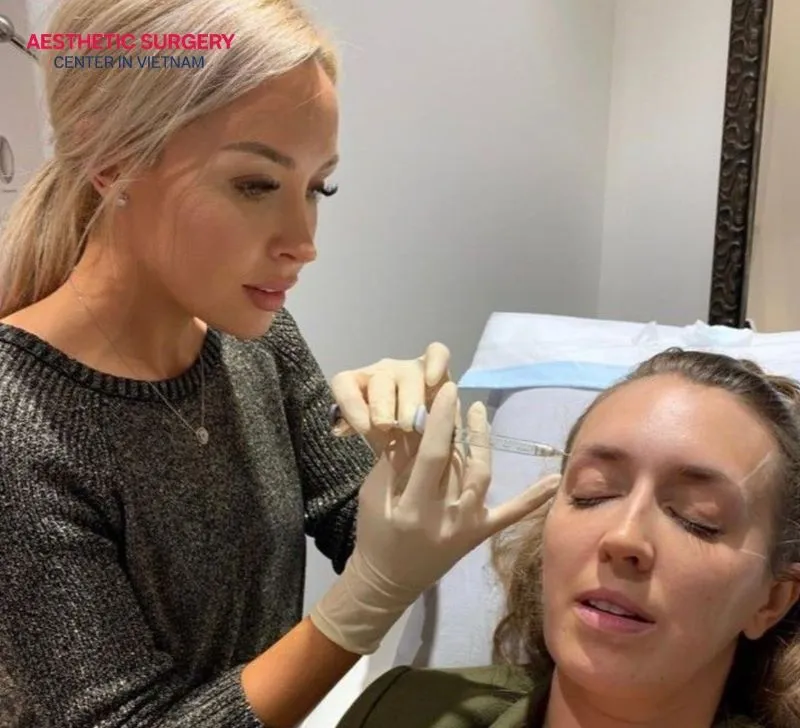
Temple filler before and after photos
To give you a clearer view of the actual results, below are some before and after photos of clients who have undergone temple filler treatment. You can see how the temple area appears naturally fuller, creating a more balanced, youthful and radiant facial appearance.
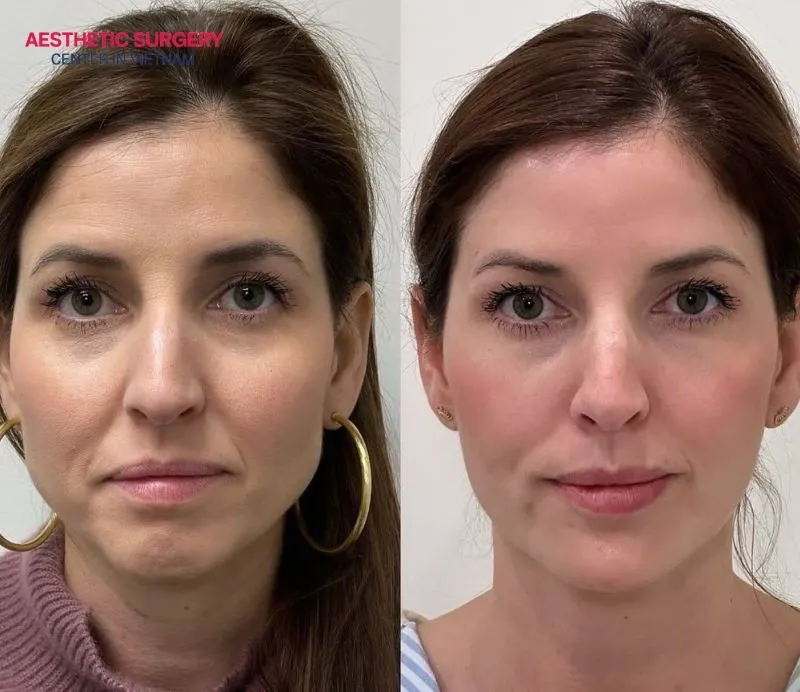
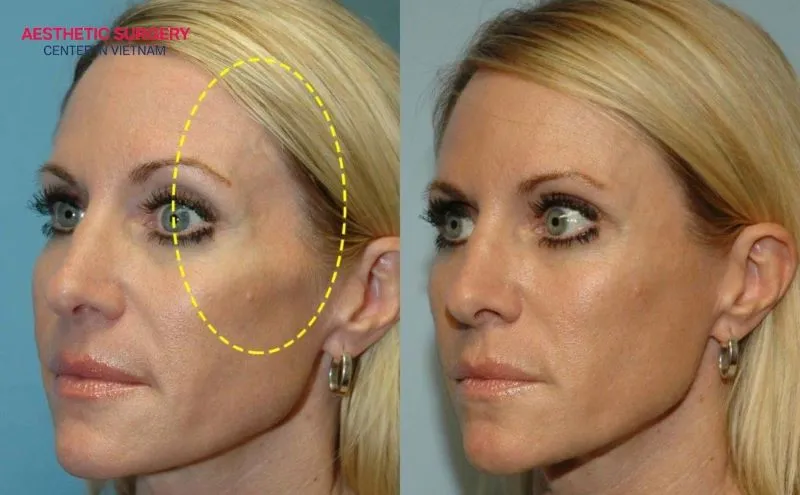

Safe clinics for temple filler in Vietnam
If you are looking for a safe and reputable place in Vietnam for temple filler treatment, Aesthetic Surgery Center Vietnam is a trusted choice for many clients.
The center brings together a team of highly skilled aesthetic surgeons who are professionally trained in filler injection techniques and have an in-depth understanding of the temple area’s anatomy. All equipment and filler products are imported from reputable international brands with clear origins, ensuring safety and quality throughout the procedure.
In addition, Aesthetic Surgery Center Vietnam offers a thoughtful warranty policy, dedicated aftercare services, and various attractive promotions, allowing clients to enjoy high-quality treatment at a reasonable dermal filler cost.
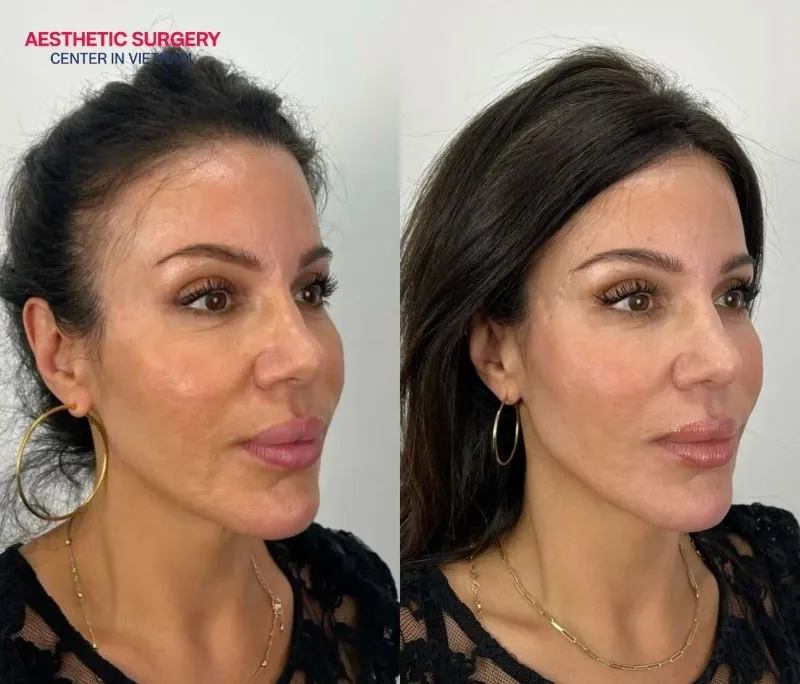
Hopefully, this article has helped you better understand the temple filler procedure, a simple, non-surgical method to restore volume and rejuvenate your face. Although it is a minimally invasive treatment, ensuring safety and optimal recovery results requires professional care. Contact Aesthetic Surgery Center Vietnam today via hotline 0911 582 499 for a detailed consultation and a personalized treatment plan. Our expert surgeons will help you achieve a naturally youthful and radiant appearance with confidence.







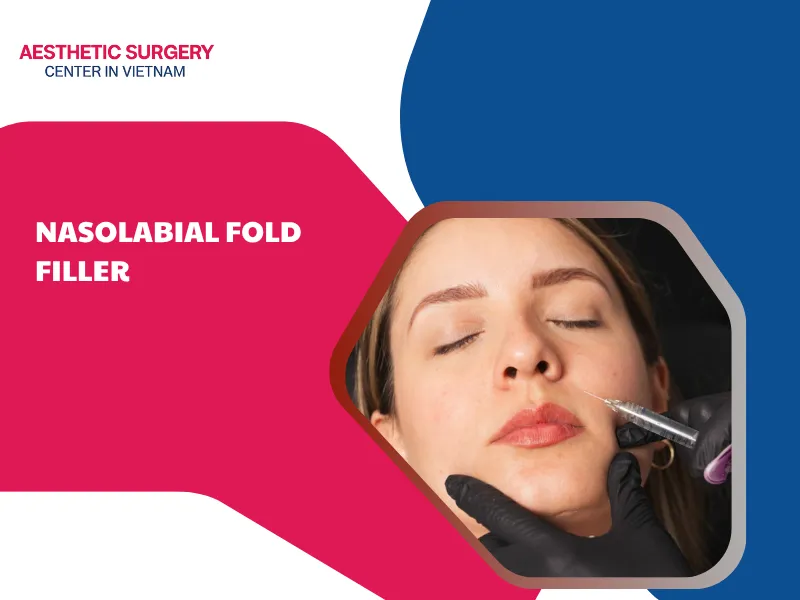
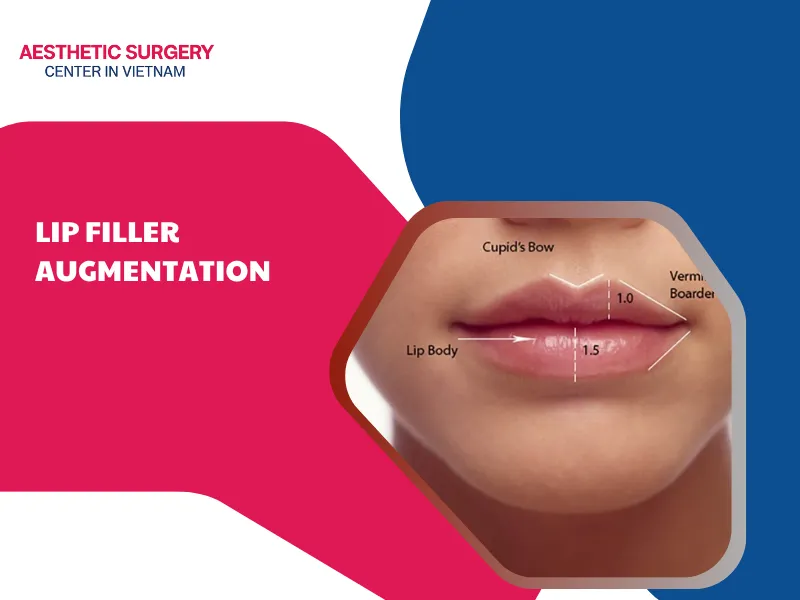
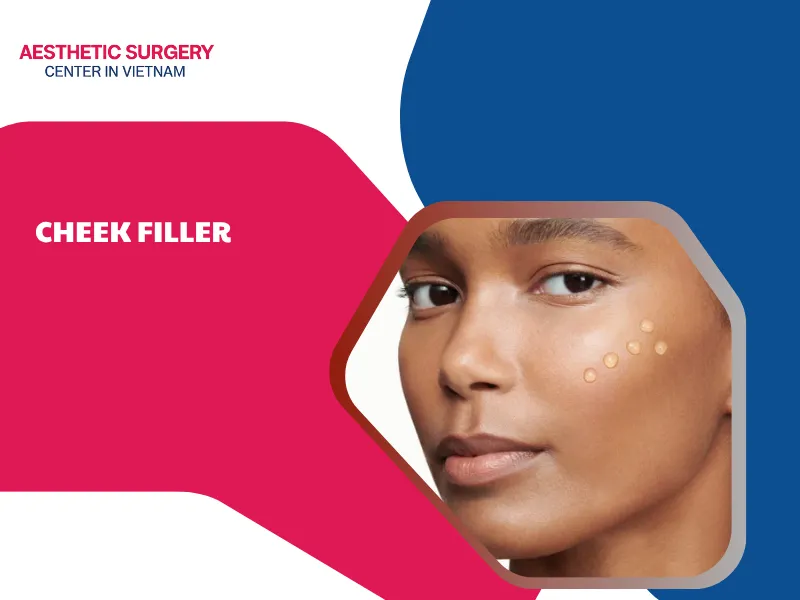
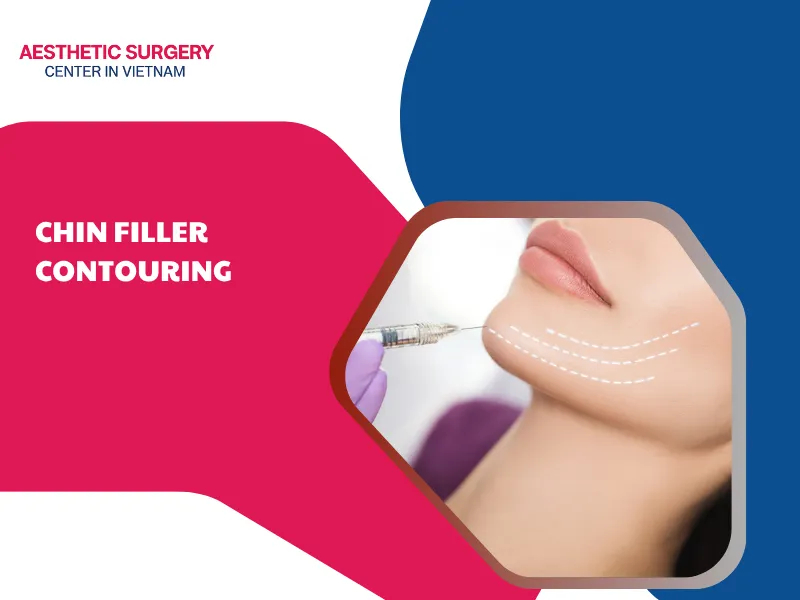
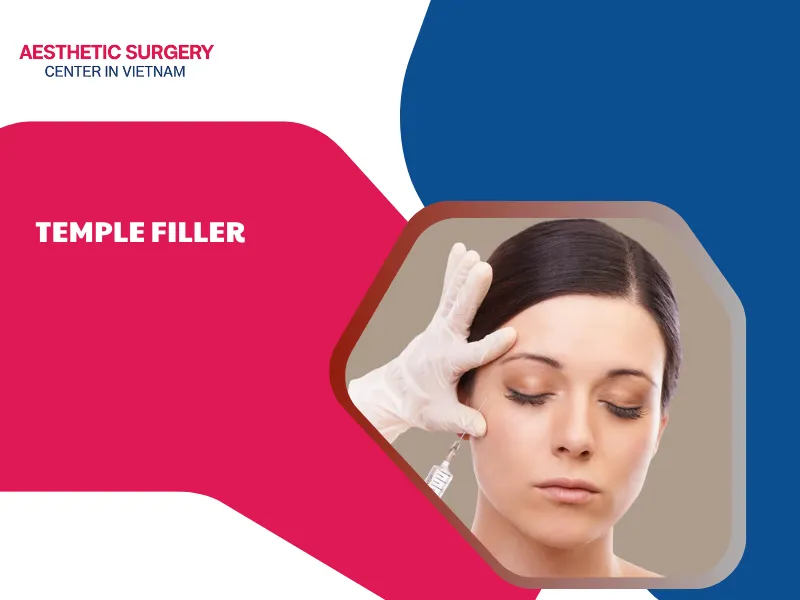




Comment on the post